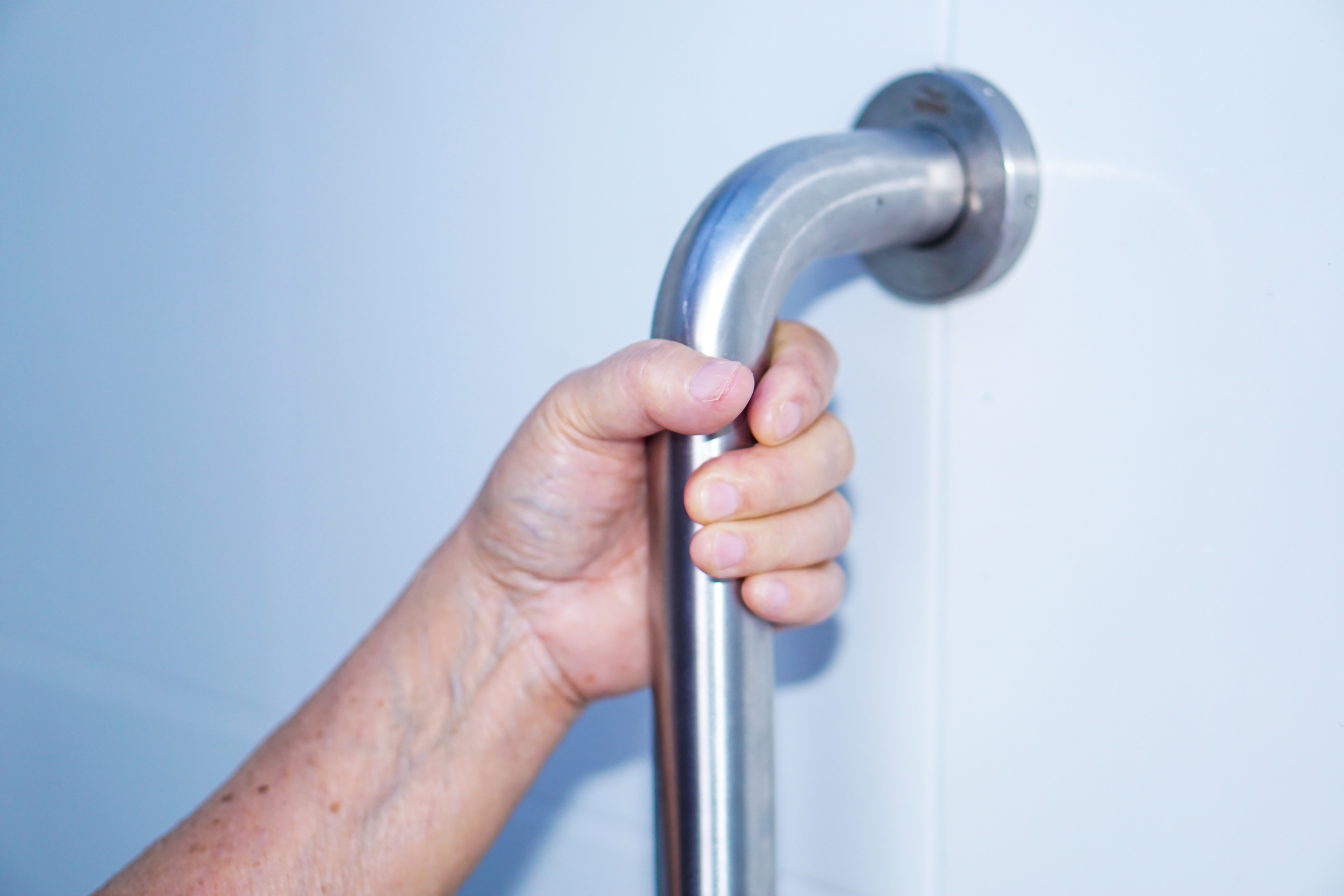The majority of older adults say they want to age in place at home for as long as possible, but how many seniors have made changes to their homes to make them safer and more age-friendly? According to a recent University of California, San Francisco study, many elderly adults lack the low-tech, inexpensive assistive devices that could help keep them safe and more independent at home.
As reported by Medical Xpress, researchers found that 42 percent of seniors living at home had “unmet needs” and lacked equipment like grab bars in the bathroom near the toilet or shower, a raised toilet seat or a shower stool that could help them remain at home longer, delaying a move to a care facility.
Fall-proofing a senior’s home is a key factor in helping to avoid injuries that frequently lead to hospitalization and a loss of independence. According to the UC study, published in JAMA Internal Medicine, adapting to the needs associated with aging by employing assistive devices to aid in self-care can help improve quality of life and preserve the independence and dignity of elderly adults.
Because using assistive devices like a walker can carry a stigma, many seniors are resistant to using them. But with a little encouragement and support, elderly adults can significantly benefit from home adaptations and assistive devices. Seniors who may have early signs of dementia can also be made safer at home using automatic medication dispensers or electronic stove sensors.
The burden on family caregivers can be lightened with the use of home modifications and assistive devices. Researchers suggest that primary care providers could help improve the lives of seniors and their loved-ones by better assessing the need for assistive devices and ensuring these low-cost aids are provided to help keep older adults safer and postpone a move into a care facility.
Read more about home safety and equipping the bathroom for seniors here.






Add Your Voice
0 Comments
Join the Discussion